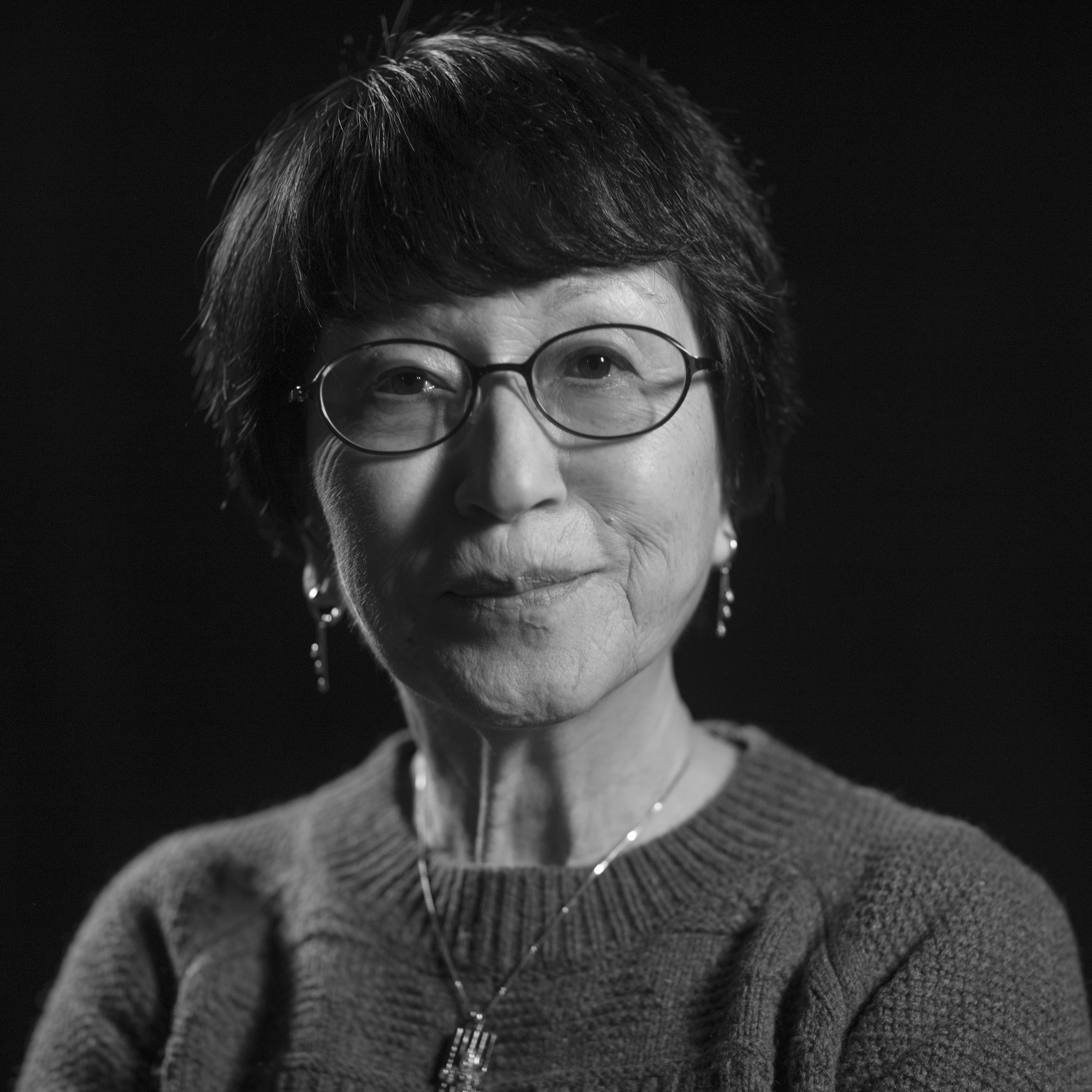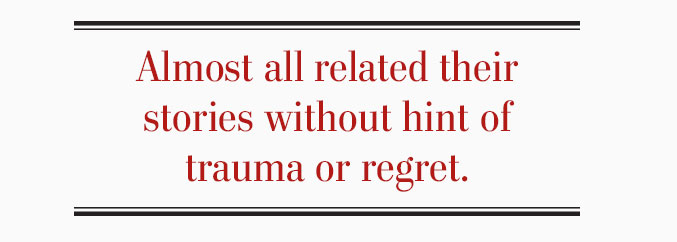
At the risk of her livelihood and personal safety, the woman the Chinese have dubbed The Conscience of Japan has interviewed some 250 Japanese veterans and more than 300 survivors of the Nanking Massacre, also known as the Rape of Nanking, one of the most notorious episodes of the Second Sino-Japanese War, from 1937 to 1945.
On Dec. 13, Ontario, Manitoba, Alberta and British Columbia became the first jurisdictions outside China to mark the anniversary of the attack in which more than 200,000 Chinese soldiers and civilians, including newborns, were slaughtered and between 20,000 and 80,000 women and girls were raped by Japanese troops.
Matsuoka was recently in Toronto to address members of the Chinese-Canadian community and show one of her three films documenting the testimonies of former members of the Japanese Imperial Army who freely admitted their crimes, in most cases without remorse. She granted Legion Magazine a rare interview.
Now 70, Matsuoka began her quest after discovering that the Grade 6 history text she was supposed to follow depicted Japan as victim, highlighting the atomic bomb attacks on Hiroshima and Nagasaki without reference to Japanese aggression.
“There were really no inconvenient facts,” the petite powerhouse said through an interpreter. “I felt that it was very unfair to Japanese children and that’s how I started. I wanted to teach history as it really was.”
She began her research focusing on veterans of Nanking units based within a 400-kilometre radius of her home city of Osaka. They resisted her advances at first, but began warming to her over the course of many visits and the giving of small gifts.
Using a rudimentary video setup, she recorded their war experiences from start to finish, documenting the invasion of China and the domino effect that followed.
Once the veterans opened up, their candor was unsettling. Brainwashed by a twisted form of ancient Samurai philosophy and blind obedience to Emperor Hirohito, whom they worshipped as a god, almost all related their stories without hint of trauma or regret. In fact, only three expressed remorse.

Nanking, then known as Nanjing, was the capital of China. Already confronted with the fall of Shanghai, Chinese military leaders decided to withdraw the bulk of their forces two days before the attack, thereby ensuring their army, at least, would live to fight another day.
“The Japanese army had a clear order to kill everyone—not just the soldiers but the people, as well,” said Matsuoka. “The ideology of the day regarded the Chinese as inferior. It was the highest form of discrimination.”
The subsequent massacre was beyond anything documented in modern history to that time. But, as Matsuoka confirmed in her interviews with the veterans involved, the looting and brutality were not confined to Nanking.
“Similar atrocities took place in many, many different areas,” she said. “But the fact that Nanking was the capital at that time and the scale of the atrocities” committed there served to focus attention on the city to the exclusion of others.
Flora Chong, executive director of ALPHA Education, which promotes study and awareness of the Pacific War, said Matsuoka’s efforts are unique.
“She has done marvelous and unprecedented work,” said Chong, whose organization brought Matsuoka to Canada. “I know that activists have done work but the persistence and courage of Tamaki is unprecedented. She has spent 30 years of her life doing something that is dangerous but also requires a lot of patience. Her work is very, very important and has aroused lots of interest around the world.”
Of course, Japanese aggression and atrocities were not limited to China, either. Japanese colonial aspirations and aggression pre- and post-dated the 1937 invasion and extended far beyond it.
With the war in China prolonged well past expectations, Japanese raw materials such as iron, oil and rubber all but dried up. Its aggression did not help matters, as the world community started imposing retaliatory trade embargoes.
The unprovoked attack on Pearl Harbor in 1941, along with simultaneous attacks on colonial British Malaya, Singapore, Hong Kong and the Philippines, sought to make way for Japan to acquire the raw material it needed without American or British resistance.
Atrocities—such as the Bataan Death March, which followed the fall of the Philippines; other PoW abuses, including those of Canadians captured after defending Hong Kong; human experimentation; biological warfare; and the enslavement of thousands of Korean “comfort women”—are well-documented.
By the time it ended, an estimated 32 million soldiers and civilians on all sides had died in the Pacific War. According to The Pacific War Online Encyclopedia, 22 million of them were Chinese.
Yet Japanese apologies—dozens of them—have largely lacked substance and, in some cases, sincerity. Unlike Germany, which purged its ranks of Nazis and went to great lengths to make amends for its Second World War aggression and the Holocaust with condemnation, compensation, legislation and education, Japanese apologies and gestures have, in many cases, been nuanced, incomplete, even misleading.
The Nanking Massacre has been referred to as “the Nanjing incident” by Japanese politicians, who have minimized its scale and widely depicted its victims as the unfortunate consequence of war.
The history of Japan’s role in the years prior to and after Pearl Harbor has been all but purged from the official records. Unlike in Germany, Japanese war criminals served in the U.S.-administered government after hostilities ended.
In Tokyo, 1,068 convicted war criminals are among about 80-years’ worth of Japanese war dead buried at the Yasukuni Shinto shrine, where ceremonies honour their service to Japan. The shrine’s museum and website have in the past blamed the Americans for Pearl Harbor, saying Washington provoked or invited the attack in order to justify a declaration of war.
Matsuoka spent hours preparing and delivering lessons to her students on Japanese aggression from 1868, when the country’s power structure was reorganized and industrialization took hold, through the Second World War.
She wanted to make them understand that, contrary to conventional opinion, Nagasaki and Hiroshima were the ultimate result of this litany of belligerence.
“Probably a small number of teachers are aware of the Japanese history of aggression,” said Matsuoka, who paid for her efforts with harassment, intimidation and, ultimately, demotion to lower grades where history was not taught. The board of education branded her a “problematic teacher.”
Today, it is practically impossible for educators in Japan to teach anything but the official line. “There is more pressure today,” she said. “The textbooks have less content on aggression, but also there is more pressure on the teachers.”
Still, Matsuoka continues to campaign, visiting China regularly, staging private screenings of her films in her home country and travelling elsewhere to spread the word. She has urged the Japanese government to acknowledge fully its wrongdoing, not only in China but also throughout Southeast Asia.
“Taking responsibility would mean Japan would apologize and compensate, and also take responsibility for future education,” she said, adding Japanese government claims that it has apologized are hollow without all three elements.
Ontario was among the first jurisdictions officially to declare a day of remembrance for Nanking, which was marked by ceremonies in the legislature, as well as a commemorative concert and candlelight vigil.
Advertisement












